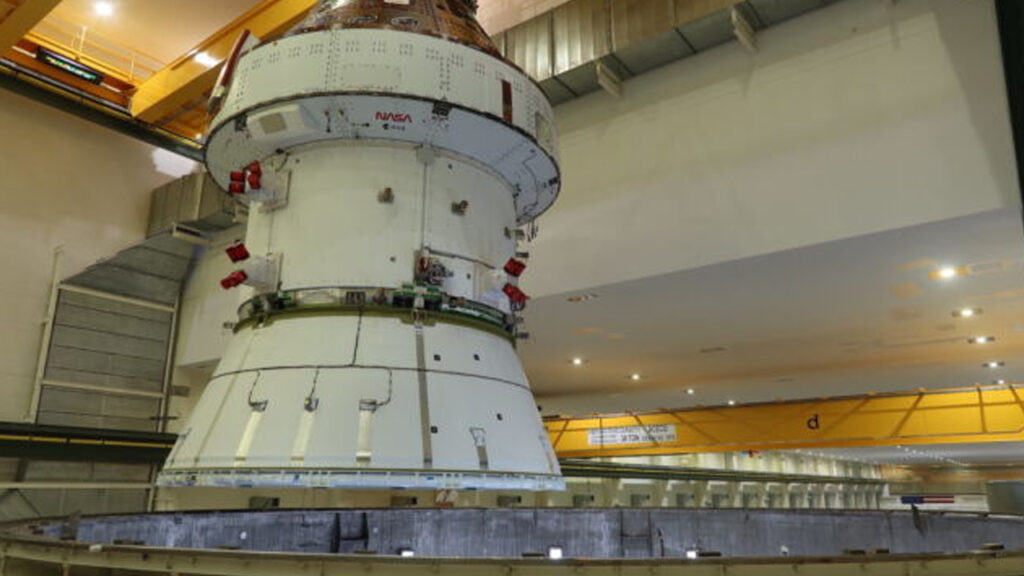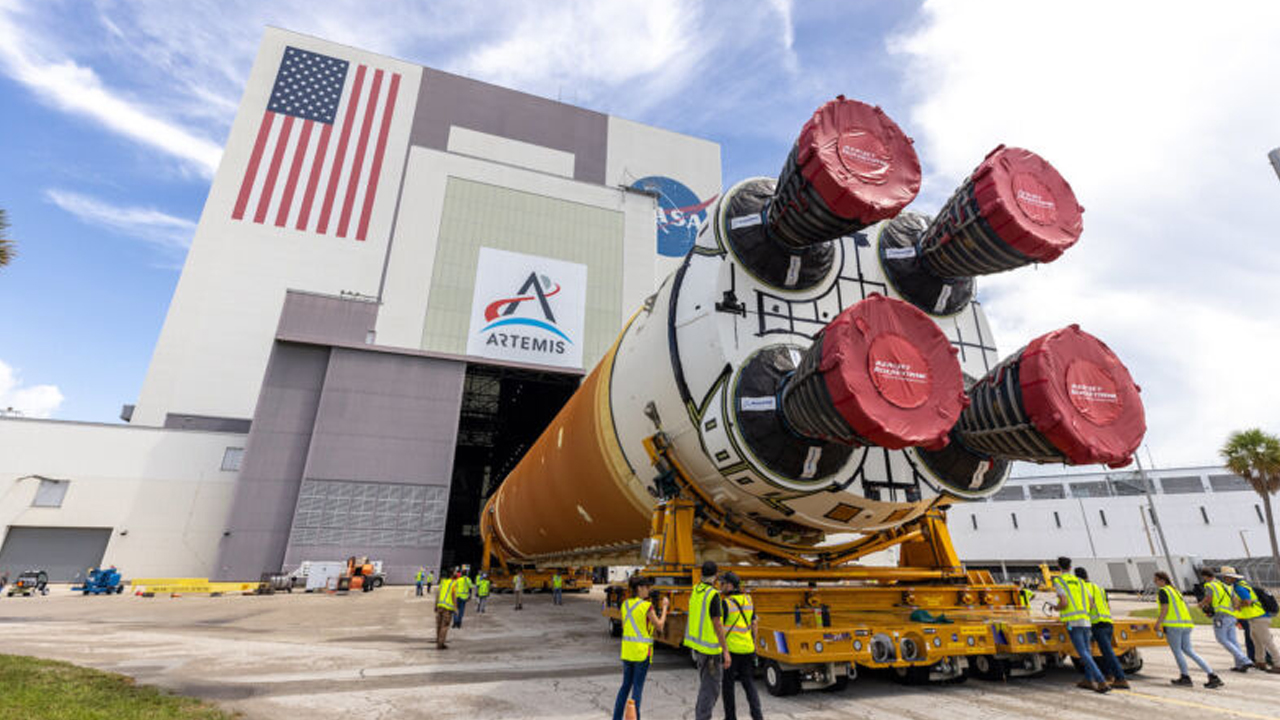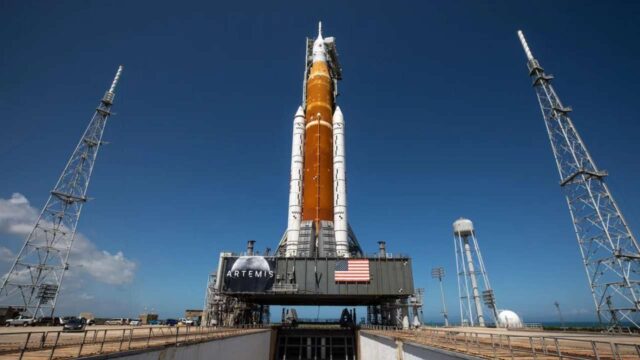The centerpiece of NASA’s second Space Launch System (SLS) rocket arrived at Kennedy Space Center in Florida this week. Preparations for the Artemis 2 mission are continuing at full speed. This historic mission will be the first manned flight to the Moon’s vicinity since the last Apollo mission in 1972 and will carry four astronauts around the Moon.
Artemis 2 mission preparations and work have accelerated
NASA is working intensively at Kennedy Space Center for the Artemis 2 mission. The mission is officially scheduled to take place in September 2025. On this mission, astronauts Reid Wiseman, Victor Glover, Christina Koch and Canadian mission specialist Jeremy Hansen will embark on a journey to the moon aboard the SLS rocket. NASA’s core stage, the centerpiece of the mission, is crucial to integrated testing and checkouts at Kennedy.

Matthew Ramsey, NASA’s Artemis 2 mission manager, said the core stage is the backbone of the mission. “The core is the backbone of SLS and the backbone of the Artemis mission. We were expecting the core here because all the integrated testing and checkouts require the core stage,” Ramsey said. “The boosters are important, but the core is really the backbone of Artemis.”
The core stage, which was lowered from NASA’s Pegasus barge to Kennedy early Wednesday, arrived after a weeklong sea voyage from New Orleans. Following this stage, the powerful rocket boosters are scheduled to begin stowing at Kennedy in September. Each booster, provided by Northrop Grumman, consists of five segments with prepackaged solid fuel and a nose cone.

In August or September, NASA plans to deliver the remaining components of the two SLS rockets to Florida. These components are adapter structures that will connect the core stage to the upper stage and the upper stage to the Orion spacecraft. A large crane will place each segment of the SLS boosters on the launch pad at the VAB. Once the boosters are fully stacked, the core stage will be lifted vertically and placed between the boosters.
There are several challenges to successfully launching the Artemis 2 mission. NASA’s first four Artemis missions cost $4.1 billion each. The Artemis II core stage is powered by four hydrogen-fueled RS-25 engines. Two of these engines were used on the space shuttle, while the other two were built during the shuttle era but never flew.
Steve Wofford, who heads the SLS program’s staging office, says there are no significant configuration differences between the Artemis I and Artemis II core stages. However, some data measured during the Artemis 1 flight will allow for reduced instrumentation for Artemis 2.
NASA plans to deliver the core stage for the Artemis 3 mission from the Michoud Assembly Facility in New Orleans within a year. Artemis 3 will be the first lunar lander mission of the Artemis program.














